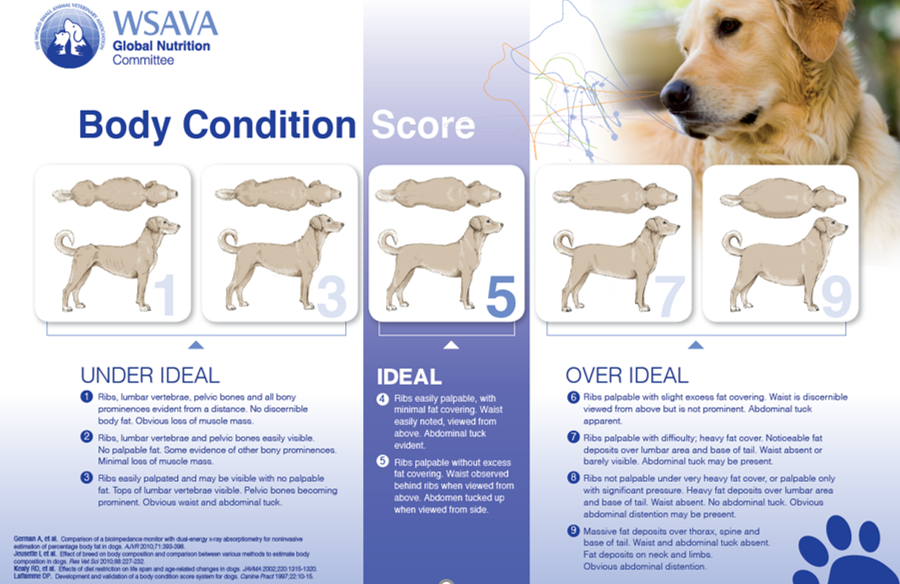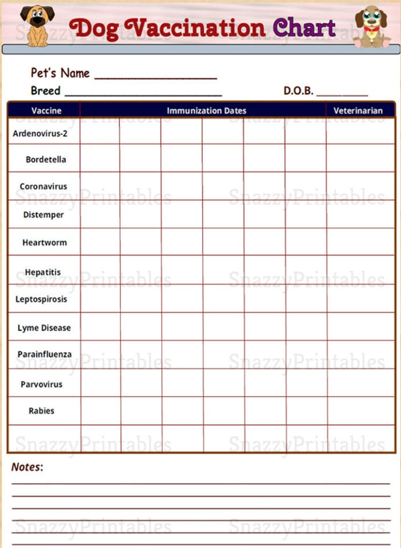Article
Educational Opportunities Exist for the Pharmaceutical Care of Animals
Author(s):
Interested individuals may gain certification or continuing-education credits, many of which are available through the American College of Veterinary Pharmacists.
When it comes to the care of animals, most individuals rely strictly upon the advice of their veterinarians, not realizing that pharmacists may also be in a unique position to offer guidance.
Some pharmacists have studied veterinary pharmacy beyond compounding and can provide basic counseling regarding the care of animal patients. Pharmacists can advocate and educate on behalf of animal patients and their owners, specifically in the areas of weight management, vaccinations, poisoning treatments, and insurance coverage.
Weight Management
Obesity in America is not relegated to humans. Approximately 37% of dogs are classified as overweight, while 19% may be categorized as obese. For felines, approximately 26% are overweight, with 34% classified as obese.1 Just as in humans, weight control problems can contribute to a plethora of complications in domestic cats and dogs, including cardiovascular disease, diabetes, and hypertension.
The body mass index is used to determine obesity in humans. By contrast, animals are visually assessed by the body condition score (BCS). There are 2 BCS scores; 1 uses a 1 to 5 scale and the other a 1 to 9 scale (see the image, below).2

In the event an animal is observed to be obese or overweight, the pharmacist should recommend that the owner consult a certified veterinary nutritionist. The animal may need a prescription diet, which would fall under the scope of a veterinarian client patient relationship.
Vaccinations
Although there are no statistics clarifying the rate of vaccinations among domestic cats and dogs in the United States, UK findings show that 25% of puppies were not appropriately vaccinated and 23% of dogs have not received their proper boosters. Furthermore, 35% of kittens were not appropriately vaccinated, and 41% of cats have not received their proper boosters. These numbers are most likely higher in the United States, because of antivaccination proponents.3
The American Society for the Prevention of Cruelty to Animals (ASPCA) recommends core vaccines for dogs, including canine hepatitis, canine parvovirus, distemper, and rabies. For cats, the ASPCA recommends feline calicivirus, feline herpes type 1, panleukopenia, and rabies. Vaccine requirements vary according to state law.4
There is no provision allowing pharmacists to administer vaccines to animal patients. However, pharmacists may counsel patients on the importance of preventing the spread of some viruses by maintaining a clean living area. Also, pharmacists may encourage pet owners to remain compliant regarding vaccines and dispense charts, such as the one below.5

Accidental Poisonings
Pharmacists should also counsel pet owners about what to do in the event of accidental poisoning. Being that cats are more finicky eaters, they are less susceptible to poisoning than dogs, who are better classified as opportunistic gorgers. Signs of poisoning include diarrhea, excessive drooling and panting, and tremors. Encourage pet owners to keep 3% hydrogen peroxide and oral syringes in their homes. For every 5 pounds of body weight, administer 1 teaspoon of hydrogen peroxide. Vomiting should occur within 20 minutes. If not, repeat just once. Do not use syrup of ipecac. However, owners should not administer the hydrogen peroxide if6:
- No one saw what the animal ingested or how much was ingested.
- The animal has already vomited.
- The animal has eaten a household cleaning product, petroleum product, or product containing acids or alkalis.
- The animal has swallowed a sharp object.
- The animal is having convulsions or is unconscious.
- The poison was ingested more than 2 to 6 hours earlier.
Of note, the most common cause of accidental poisoning is the ingestion of OTC medications, namely, acetaminophen, ibuprofen, and naproxen.7 Furthermore, pharmacists should provide the pet owners with the ASPCA’s Animal Poison Control Center number: (888) 426-4435.
Insurance
Pharmacists should also encourage pet owners to consider getting pet insurance. There are several companies offering coverage plans, which may help some pets avoid euthanasia in the event of accidents or illnesses. Like most insurance plans, there is a deductible that must be met. However, beneficiaries are reimbursed by paying for services in full, then mailing in the receipt for a claim. The monthly cost for most plans varies between $15 and $150 per month. Pharmacists knowledgeable of various insurance plans will be able to recommend coverages that can help with pet care expenses. It helpful to be aware of nuances among plans. For example, ManyPets is unique in that it offers coverage for preexisting conditions, provided the animal has not shown any symptoms in the previous 18 months.8 Also, Pumpkin is a relatively expensive plan with high deductibles and premiums, but it also offers coverage of up to $15,000 per year for a cat and $20,000 per year for a dog.9
Finally, pharmacists should understand that it is an illegal act to counsel about the use of human OTC medications in an animal. For example, if an individual asks a pharmacist if it is safe to give GasX to a dog, the pharmacist must refer to a veterinarian.
Conclusion
Most pharmacists are not trained in the care of animal patients. However, there are various educational opportunities regarding this subject. Interested pharmacists may gain certifications or continuing-education credits, many of which are available through the American College of Veterinary Pharmacists. The University of Florida also offers a 15-week veterinary pharmacy certificate program that is entirely online.
With proper education and training, pharmacists may begin beneficial dialogues with patients concerning their pets to further enrich patient-pharmacist relationships.
References
- 2018 Pet Obesity Survey results. Association for Pet Obesity Prevention. March 12, 2019. Accessed March 21, 2022. https://petobesityprevention.org/2018
- Body condition score. World Small Animal Veterinary Association. Accessed March 21, 2022. https://wsava.org/wp-content/uploads/2020/01/Body-Condition-Score-Dog.pdf
- PAW Report 2018. People’s Dispensary for Sick Animals. Accessed March 21, 2022.https://www.pdsa.org.uk/media/4371/paw-2018-full-web-ready.pdf.
- Vaccinations for your pet. American Society for the Prevention of Cruelty to Animals. Accessed March 21, 2022. https://www.aspca.org/pet-care/general-pet-care/vaccinations-your-pet
- Dog vaccination chart. Etsy. Accessed March 21, 2022. https://www.etsy.com/ca/listing/599012772/printable-dog-vaccination-chart-pet
- Burke A. How to make a dog throw up. American Kennel Club. May 23, 2019. Accessed March 22, 2022.https://www.akc.org/expert-advice/health/how-to-make-a-dog-throw-up/
- Top 10 pet toxins of 2020. American Society for the Prevention of Cruelty to Animals. Accessed March 22, 2022.https://www.aspcapro.org/resource/top-10-pet-toxins-2020
- What does pet insurance not cover? ManyPets. March 2, 2021. Accessed March 22, 2022. https://manypets.com/us/blog/what-does-pet-health-insurance-not-cover/
- Tretina K. Pumpkin pet insurance review. Money. November 18, 2021. Accessed March 22, 2022. https://money.com/pumpkin-pet-insurance-review/
Newsletter
Stay informed on drug updates, treatment guidelines, and pharmacy practice trends—subscribe to Pharmacy Times for weekly clinical insights.





